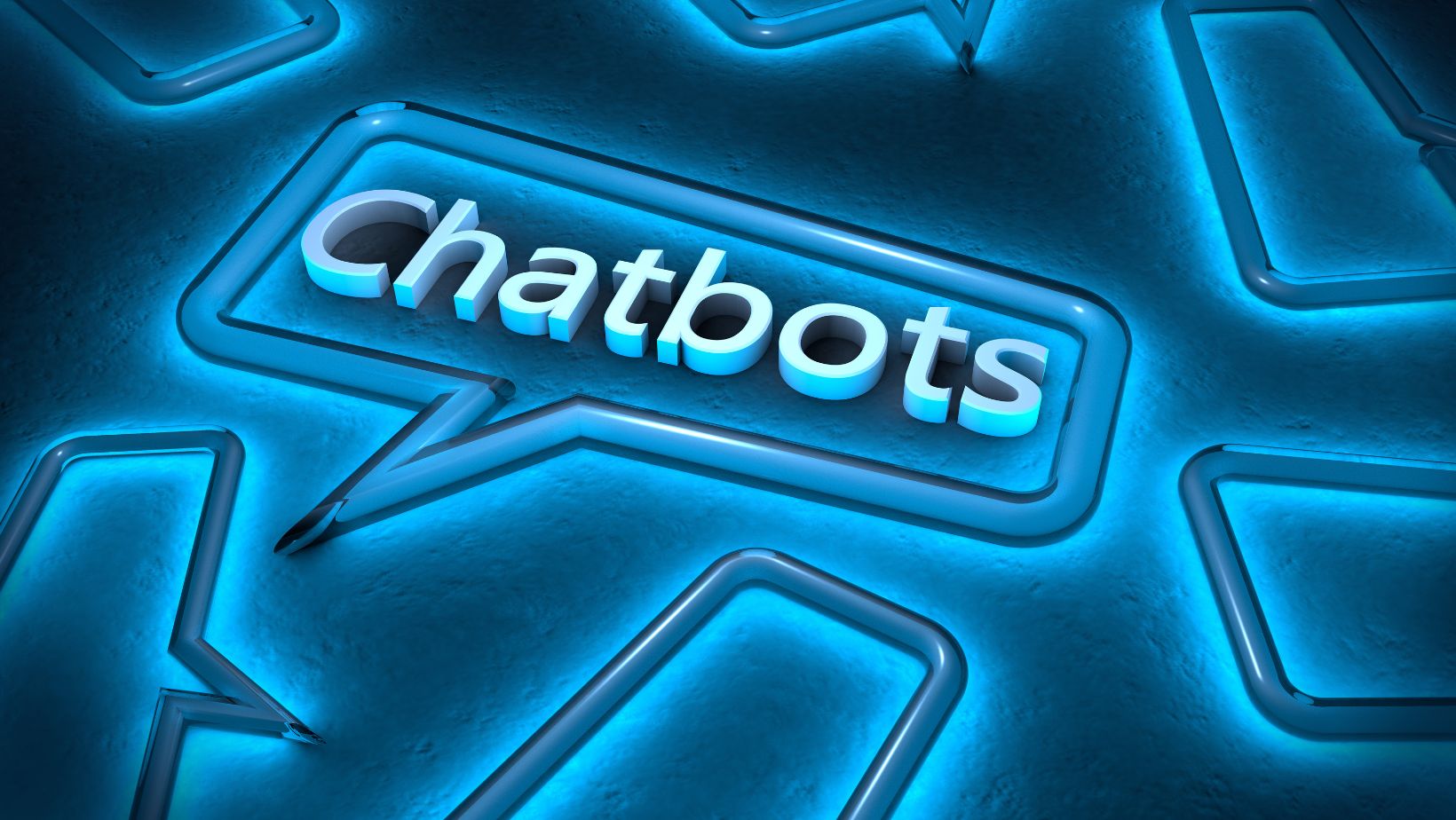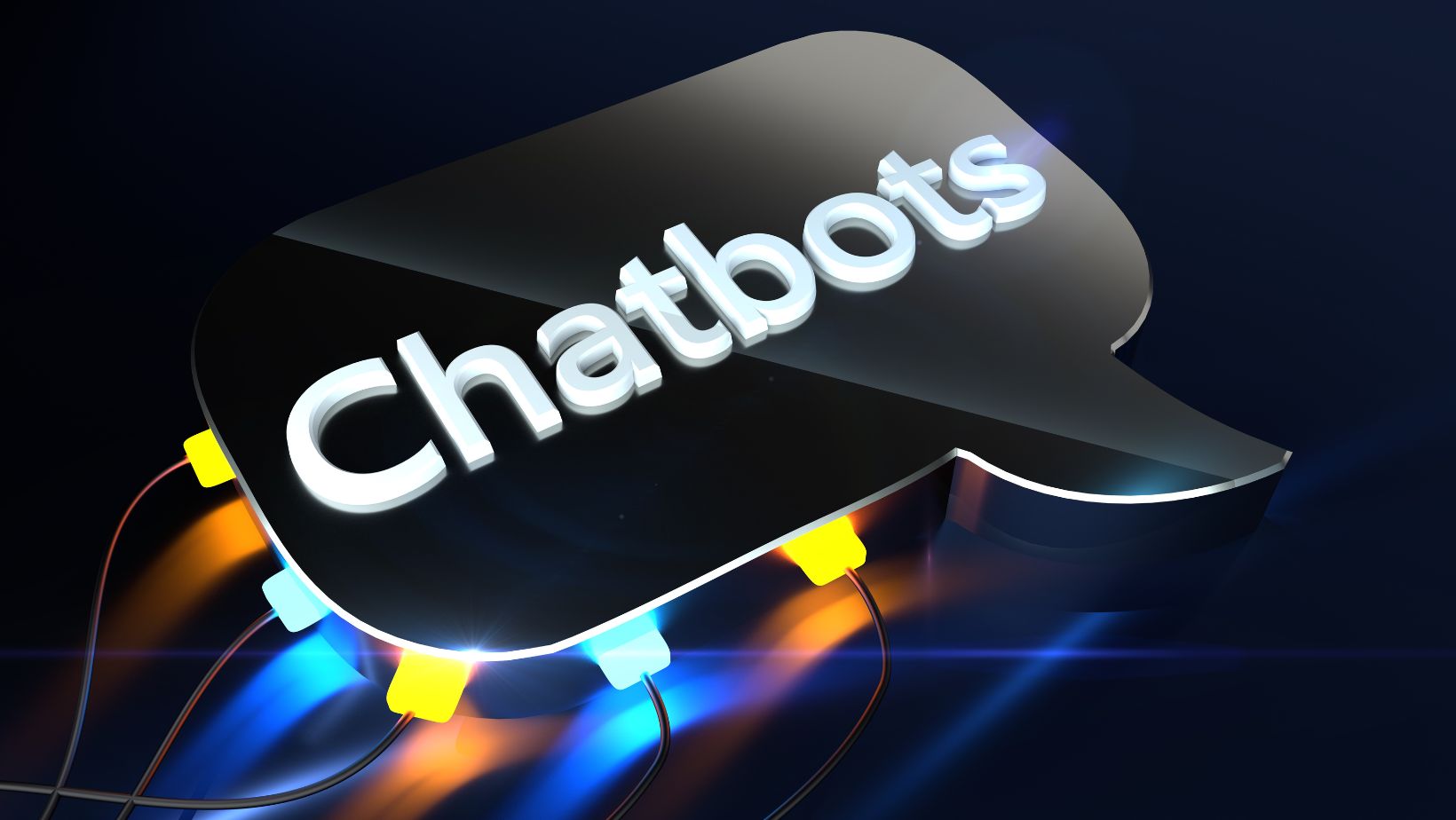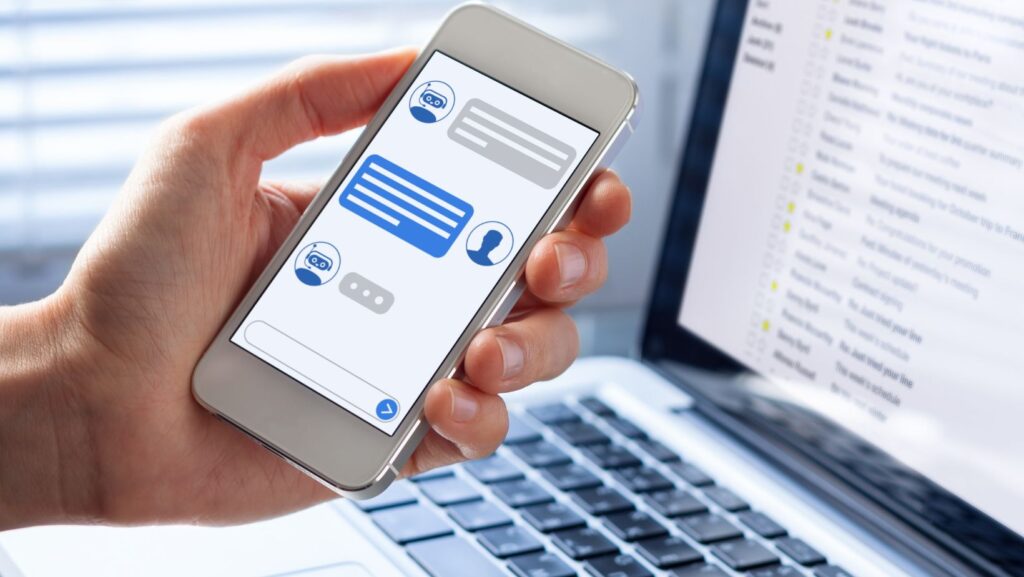Chatbots have taken the marketing and customer service world by storm. Companies are using this technology more frequently because automated assistants can answer questions from customers, process their requests in real-time, assist customers with purchases, and respond to their queries instantly. By revolutionizing the way businesses engage with their audience, chatbots are reshaping the marketing and customer service industries. This modification from simple scripts to sophisticated AI-powered systems has been remarkable and has made them irreplaceable for modern marketing.
In this article, we’ll examine the evolution of chatbots from simple scripts to intelligent AI-driven systems, and why they’ve become a crucial part of today’s business landscape.
The Early Days: Simple Automation
Let’s get back to the early 2000s when chatbots were basic. They operated based on pre-set rules and scripts, responding to specific keywords in customer queries. If you asked a question in just the right way, the chatbot would understand and respond. However, after asking something off-script or unusual the bot could give an unrelated answer or freeze.
These early bots served a purpose – mostly answering frequently asked questions (FAQs) or guiding users through basic tasks like checking a bank balance or booking a flight. But they were rigid, and their ability to mimic human conversation was minimal. Back then customers treated chatbots more like automated FAQ pages but not like assistants that could help.
The Rise of AI and Natural Language Processing (NLP)
A few years later, two significant developments occurred: the introduction of natural language processing (NLP) and artificial intelligence (AI). Nowadays, chatbots can understand the meaning of the users’ words thanks to natural language processing (NLP). Companies like Unidata provide extensive datasets used to train these chatbots, helping to refine their understanding of language, context, and user intent. Now, chatbots don’t just search for keywords but understand the context of a conversation, which makes it possible for them to answer more organically and handle complex queries.
For example, a customer types, “I ordered a bag two weeks ago, but it hasn’t arrived yet. Can you help me?” Early chatbots would’ve struggled with this. They might not have understood that “jacket” referred to a product or that “hasn’t arrived” was a complaint. But with AI and NLP, chatbots began to excel. They could now analyze the query, cross-reference order information, and provide a meaningful response like, “It looks like your jacket is delayed due to weather. You should receive it by Thursday.”
This shift made chatbots far more useful in customer service roles. Now, they weren’t just answering FAQs; they were solving real problems in real time.
Chatbots in Modern Marketing: Personalization is Key
Today’s chatbots have become powerful tools in marketing as they can access customer data and thus provide personalized help and recommendations. This experience can be compared to being welcomed by a chatbot in an online store where the bot already knows what you want:

“Welcome back, Julie! We’ve got new arrivals in your favorite category – T-shirts. Do you want to take a look?”
This personalized touch boosts engagement and keeps customers on the site longer. Chatbots can suggest new products based on user behavior, imitate sales, offer discounts, and encourage purchases. For example, a bot may suggest adding matching accessories after adding a pair of shoes to the cart. This approach may turn browsing customers into buyers, enhancing their buying experience. According to a Tidio survey about 88% of customers had at least one conversation with a chatbot within the past year.
Chatbots in Customer Service
Customer service is where chatbots truly shine. Thanks to chatbots, organizations can now provide service around the clock, regardless of their office hours. Chatbots can help anytime, anywhere – whether it’s 3 AM and a consumer wants to check the progress of their order or someone needs assistance on holiday in finding a product.
Not only are they always available, but they also work quite efficiently. Think about the typical customer support agent who may respond to two or three requests for assistance at once. Conversely, a chatbot can effortlessly manage hundreds of inquiries at once. For businesses, this scalability is revolutionary, particularly during the busiest shopping seasons or major occasions like Black Friday sales.
Even better, chatbots today can handle more than just basic queries. Thanks to AI-driven learning, they can provide complex troubleshooting, resolve complaints, and even process returns or refunds – all while giving the customer the feeling that they’re getting immediate and personal attention.
Moreover, businesses are seeing significant cost reductions, up to 30%, through the use of chatbots in customer service roles. These savings come from reduced staffing needs and the efficiency of chatbots in handling high volumes of routine inquiries
The Human Touch: Blending Bots with Real Support
Even with their enhanced capabilities, chatbots are undoubtedly not flawless. Human assistance is still required occasionally, especially for more complex or emotional exchanges. For this reason, a lot of companies employ a hybrid strategy in which human agents fill in when needed while chatbots handle the more routine and straightforward duties.

Imagine this: A chatbot inquiry from a consumer becomes a grievance regarding a broken product. The chatbot rapidly discerns that human involvement is necessary to resolve this issue, and it smoothly switches the conversation over to a live agent who has already been briefed on the circumstances. This seamless handoff keeps the bot as efficient as possible while guaranteeing that humans handle more delicate or complicated issues.
This hybrid model also helps prevent customer frustration. No one likes being stuck in a loop with an unhelpful bot. By recognizing when a situation calls for a human, businesses can maintain customer satisfaction and provide a more holistic service experience.
The Future of Chatbots
Chatbots are going to change along with AI. Future interactions are expected to be considerably more complex, with bots able to recognize emotions and interpret words. Imagine a chatbot that, by examining the tone of a customer’s message, can identify when the user is frustrated and answers with more consideration and empathy: “I see this has been frustrating for you.”
Predictive AI is another exciting development. Future chatbots could anticipate customer needs before they even ask, offering product suggestions, support, or solutions based on previous behavior. For instance, a chatbot might say, “Hey, I noticed you often reorder coffee around this time. Would you like to place another order now?”
Conclusion
Chatbots have gone a long way from their humble beginning as simple scripts to modern intelligent AI systems. They offer instant and effective support that increases the level of customer service which makes them extremely important marketing tools. The introduction of chatbots is a must for businesses. While more customers are demanding 24/7 interaction, businesses using chatbots will thrive in our digital world.


